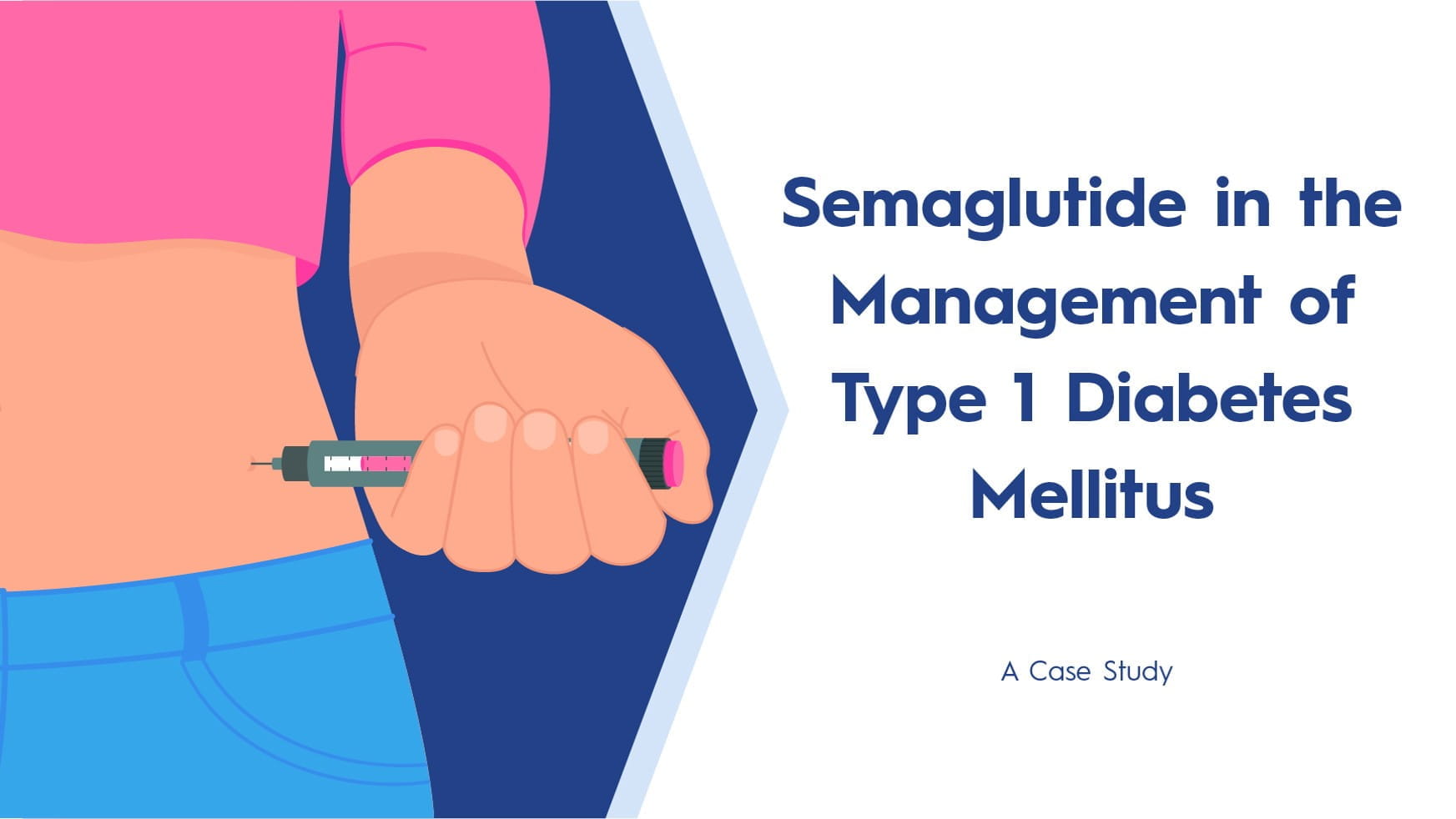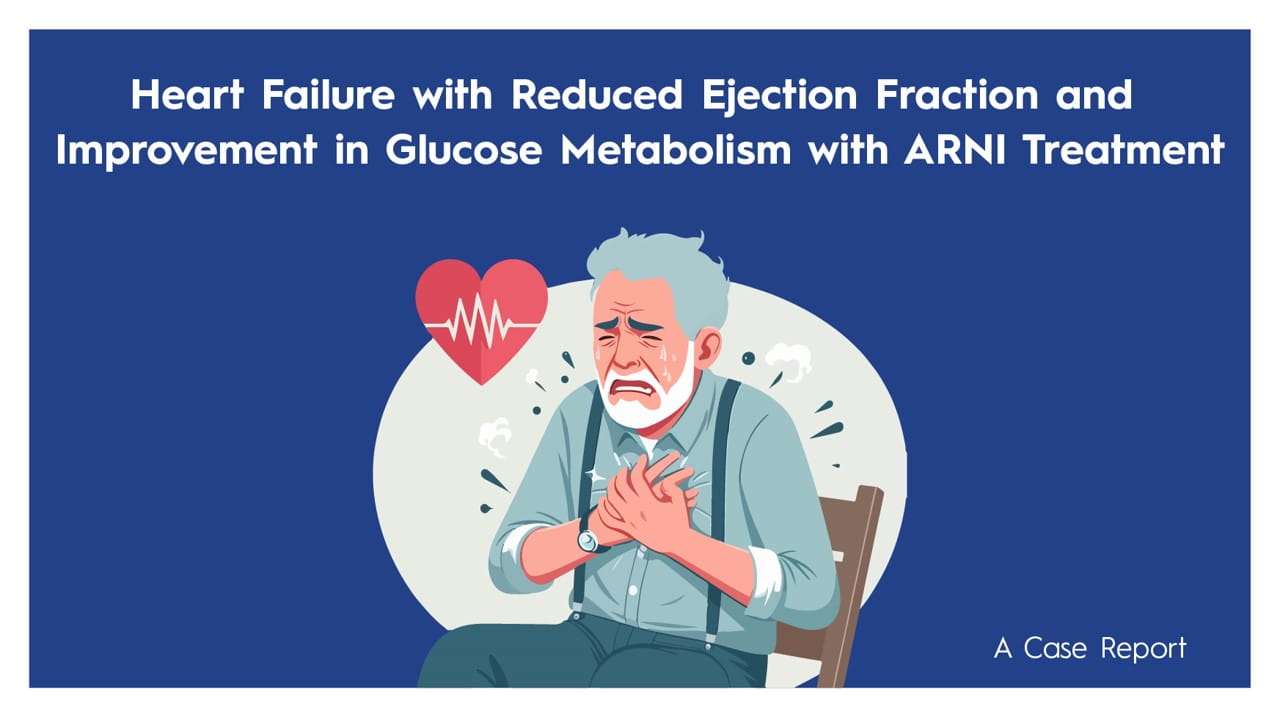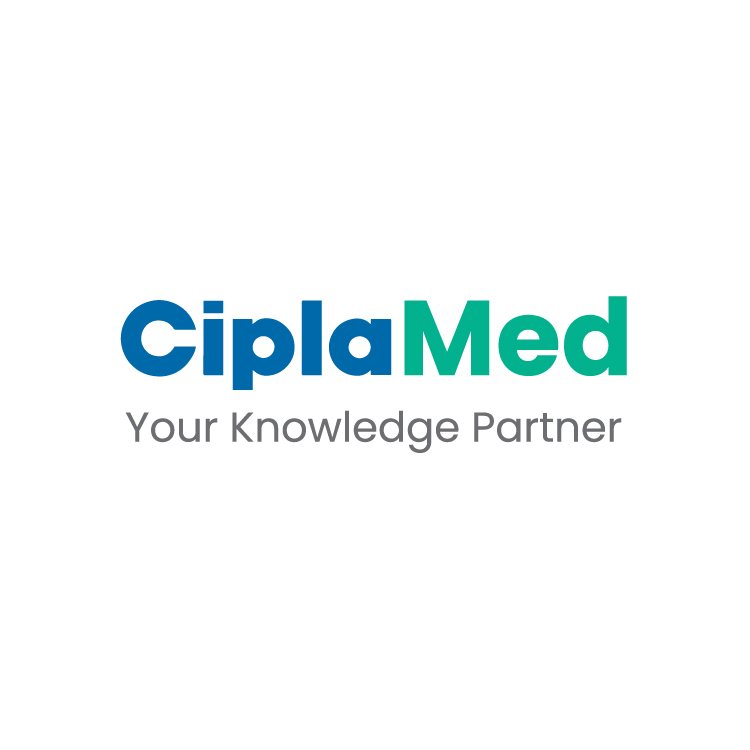Study Design and Mechanism:
The BELIEVE phase 2b study, which evaluated a novel approach to obesity treatment by combining semaglutide with bimagrumab — a monoclonal antibody targeting activin type 2 receptor pathways. Bimagrumab acts to block muscle growth inhibition and reduce adipose lipid storage, thus promoting simultaneous muscle mass gain and fat mass loss.
This as a paradigm-shifting mechanism complementary to GLP-1-based therapies, offering expanded indications, including maintenance therapy and an option for patients with GLP-1 intolerance.
Study Protocol and Patient Population:
- This multi-center, double-blind, placebo-controlled trial enrolled 507 adults with obesity or overweight status.
- Participants were randomized across nine treatment arms, including various dose combinations of bimagrumab (10 or 30 mg/kg) and semaglutide (1.0 or 2.4 mg).
- Administration: Intravenous bimagrumab was administered at weeks 4, 16, 28, and 40; semaglutide was given subcutaneously weekly.
- Duration: 48-week primary treatment followed by a 24-week open-label extension to 72 weeks.
- Assessment: Body composition was assessed via DEXA.
Efficacy Results: Weight, Fat, and Lean Mass:
- The combination of high-dose bimagrumab (30 mg/kg) and semaglutide (2.4 mg) produced the greatest weight loss at 22.1% by week 72.
- Fat mass reduction was highest in the combination group (45.7%), compared to 27.8% (semaglutide alone) and 28.5% (bimagrumab alone).
- Importantly, lean mass loss was only 2.9% with the combination versus 7.4% with semaglutide monotherapy.
- Bimagrumab alone was associated with a 2.5% gain in lean mass.
|
Treatment Group |
Weight Loss (%) |
Fat Mass Loss (%) |
Lean Mass Change (%) |
|
Semaglutide 2.4 mg |
15.7% |
27.8% |
-7.4% |
|
Bimagrumab 30 mg/kg |
10.8% |
28.5% |
+2.5% |
|
Combination (High-dose) |
22.1% |
45.7% |
-2.9% |
Fat Mass vs Lean Mass Proportions and Functional Measures:
- At 48 weeks, 92.9% of weight lost in the high-dose combination group was attributable to fat loss, versus 71.5% for semaglutide and 100% for bimagrumab.
- 94% of participants in the combination group achieved ≥30% fat mass reduction.
- Functional evaluation included hand grip strength, though limitations were noted in assessing muscle quality, as no biopsies were conducted.
Biomarker and Lipid Profile Changes:
The combination therapy showed:
- 83% reduction in high-sensitivity CRP (anti-inflammatory effect)
- Increased adiponectin levels exceeding those observed with semaglutide alone
- LDL cholesterol initially rose by 15–30% in bimagrumab groups but normalized by week 72 in combination groups.
Safety Profile and Adverse Events:
- Bimagrumab was associated with:
- Muscle spasms (up to 63.6% in high-dose group)
- Transient elevations in ALT and lipase
- Acne and diarrhea
- Semaglutide groups experienced typical GI symptoms: nausea, diarrhoea, constipation, fatigue, elevation in serum lipase.
- Discontinuation rates due to adverse events were ~9% in combination groups. No deaths were reported.
Expert Commentary and Future Directions:
- Bimagrumab's complexity as an activin receptor modulator was noted, and the necessity of Phase 3 data and pharmacovigilance was underscored.
ADA 2025, 20-23 June, Chicago




